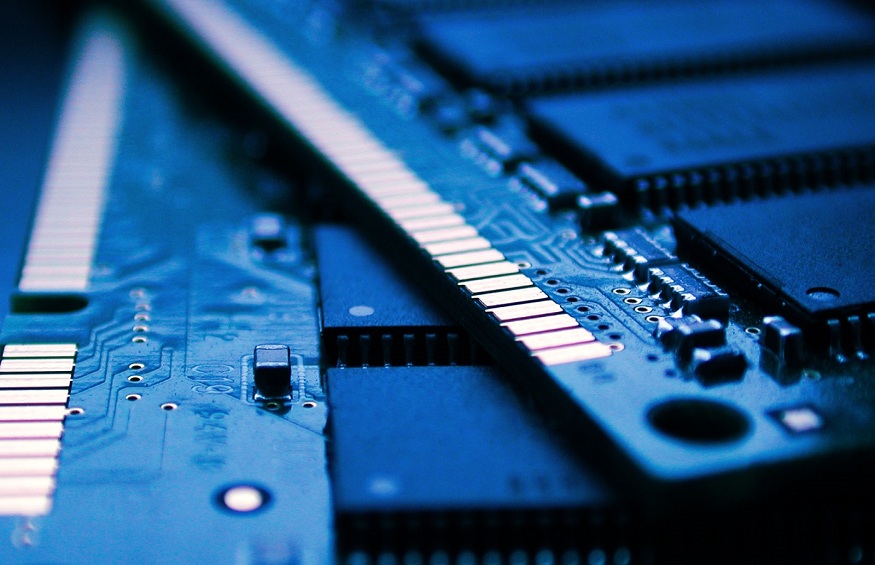Types of Operating System and Cache Memory

There are various types of operating systems that are available in the market today. But before we get into it, let’s first understand what an operating system is. An operating system is a computer program that manages all the other programs in a computer. It provides a platform for applications to run on, and it also handles memory management, security, and input/output operations. Now that we have a basic understanding of what an operating system is, let’s take a look at some of the different types that are available. The most common type of operating system is Windows OS. It’s been around for decades and is used by millions of people around the world. Other popular types include the Linux OS, macOS, and Android. Each type of operating system has its own advantages and disadvantages. For example, Windows OS is very user-friendly, but it’s also less secure than Linux OS. Android is popular because it’s open source and customisable, but it can also be more challenging to use. When choosing an operating system for your computer, it’s important to consider your needs and preferences.
Operating System
There are two main types of operating system: closed source and open source. Closed source operating systems, such as those from Microsoft, Apple and Sony, are only available from the company that made them. Open-source operating systems can be downloaded for free from the internet. They include Linux, Android and Firefox OS.
Types of Operating System
An operating system is a program that manages the hardware and software resources of a computer. The operating system is responsible for the management of memory, processors, devices, and other software resources. There are basically four main types of operating system.
They are:
- Batch operating system
- Real-time operating system
- Distributed operating system
- Embedded operating system
Cache Memory
Cache memory is a type of random-access memory (RAM) that is used to store frequently accessed data from the computer’s main memory. Cache memory is faster than main memory and helps to improve the performance of the computer. It can be either static or dynamic. The static cache is made up of pre-allocated blocks of memory, while the dynamic cache is created as needed.
When a program is executed, the data and instructions are stored in the main memory. The processor then fetches the data and instructions from the main memory and stores them in the cache memory. The processor then reads the data and instructions from the cache memory, which is faster than reading from the main memory.
The cache memories are divided into two types: direct mapped cache and fully associative cache. In a direct mapped cache, each block of main memory can be mapped to only one block of cache memory. In a fully associative cache, each block of main memory can be mapped to any block of cache memory.
Cache memories are further classified into three types: level 1 or L1 cache, level 2 or L2 cache, and level 3 or L3 cache. The L1 cache is the fastest but smallest cache memory, while the L2 cache size is larger than L1 but slower than it. The L3 cache size is the largest but slowest cache memory.





